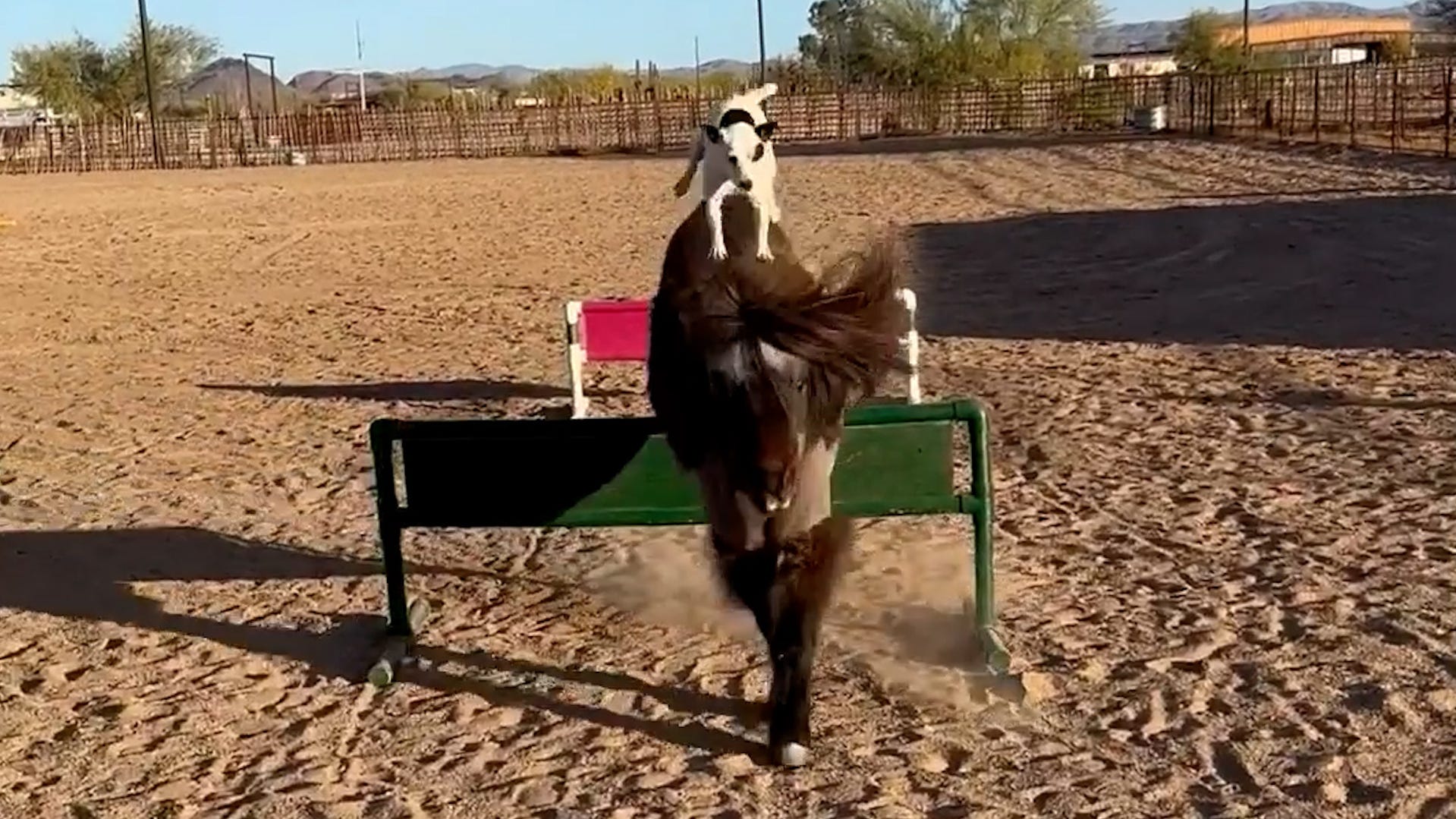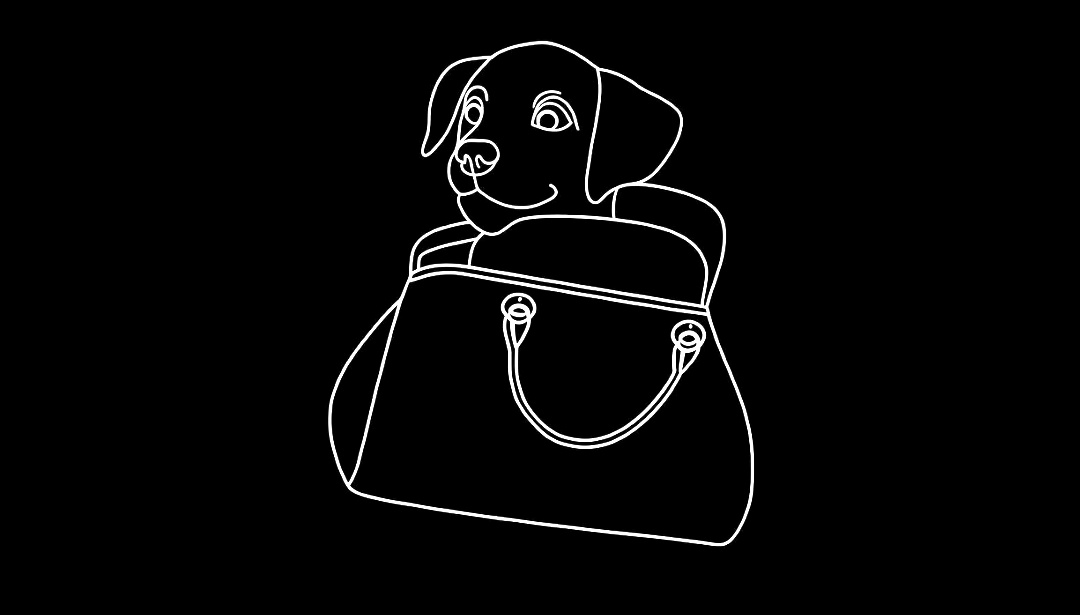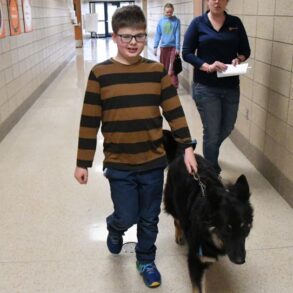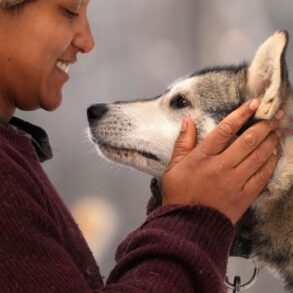
Watch: Arizona dog hitches ride on horse rescue as she jumps hurdles
An impressive Jack Russell terrier showed off her remarkable horse-riding in Phoenix.
Your dog may be trying to tell you something — but are you actually listening? New research from Arizona State University suggests that humans are not as skilled at interpreting canine emotions as they might think.
ASU researchers Holly Molinaro and Clive Wynne conducted a pair of experiments to explore how people perceive dogs’ emotions.
Their findings, published in a new paper “Barking up the wrong tree: Human perception of dog emotions is influenced by extraneous factors,” reveal that people tend to misinterpret their dogs’ feelings by focusing too much on the surrounding situation rather than the dog’s actual behavior.
“People do not look at what the dog is doing; instead, they look at the situation surrounding the dog and base their emotional perception off of that,” said Molinaro, an ASU PhD student in psychology and animal welfare scientist.
To test this, researchers recorded dogs in both positive and negative contexts — like being offered a treat or facing a vacuum cleaner. They then showed videos to members of the public, sometimes with the original background and sometimes edited to swap positive and negative contexts.
Regardless of the dog’s actual behavior, people’s perceptions of the dog’s emotions were dictated by the situation rather than the dog’s actual cues.
For example, when seeing a dog near a treat, they assumed the dog was happy. When they saw a dog near a vacuum, they assumed the dog was distressed, even if it was displaying the same body language in both scenarios.
This tendency to attribute human-like emotions to dogs — known as anthropomorphizing — can lead to misunderstandings about our pets. Wynne, an ASU psychology professor specializing in canine behavior, emphasized that while dogs do try to communicate with their owners, they don’t always do so in ways humans expect.
The takeaway? Every dog has a unique personality and their emotions aren’t always as obvious as they seem.
Molinaro suggests dog owners to be mindful of their biases and observe their pet’s specific behaviors before jumping to conclusions.
“Taking an extra second or two to focus on your dog’s behaviors, knowing that you need to overcome a bias, can go a long way in getting a true read on your own dog’s emotional state, leading to a stronger bond between the two of you,” Molinaro said.
This post was originally published on this site be sure to check out more of their content.














































